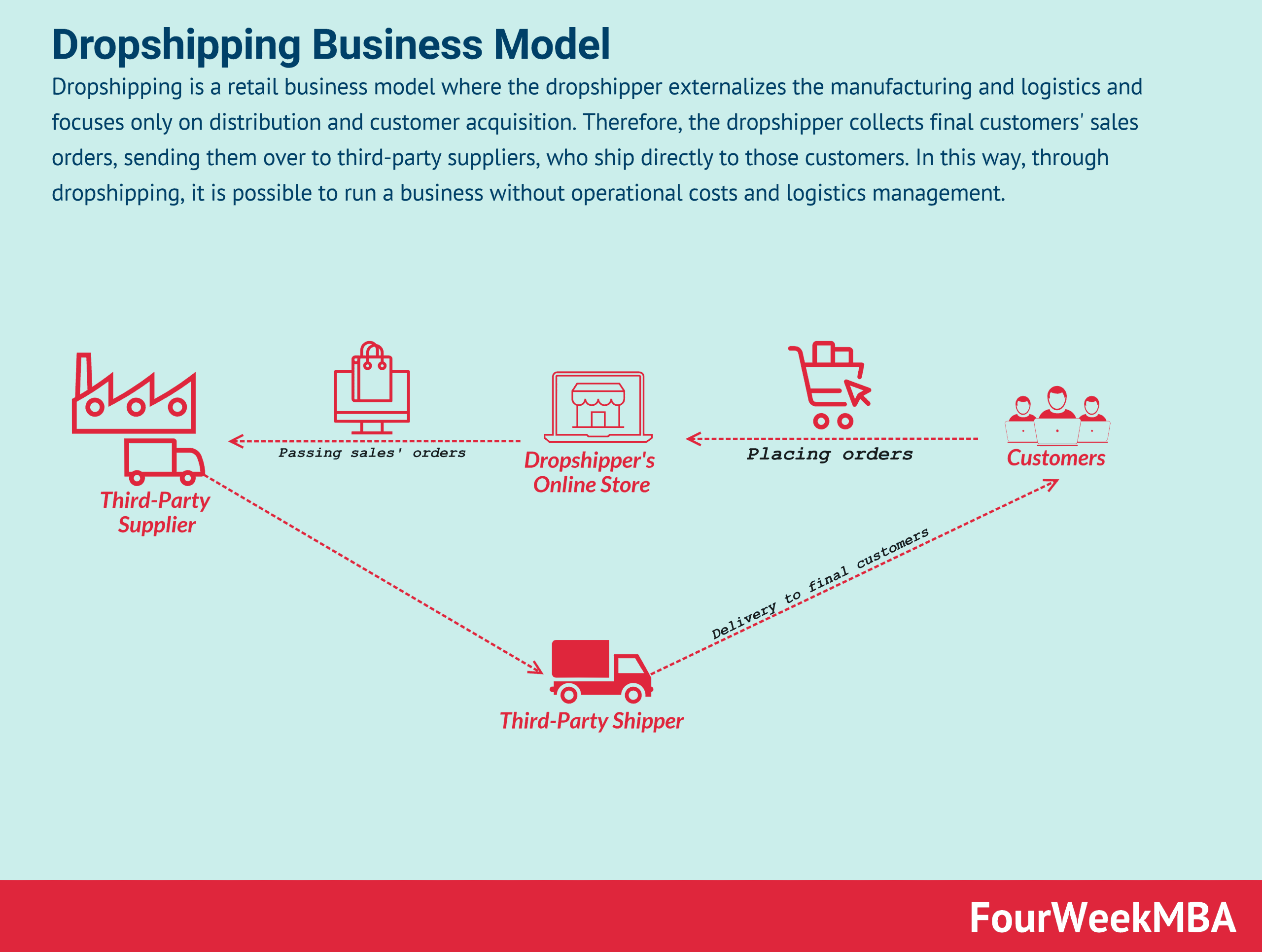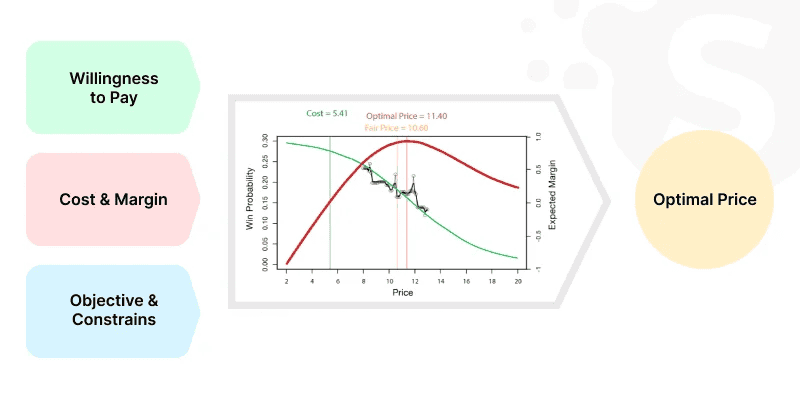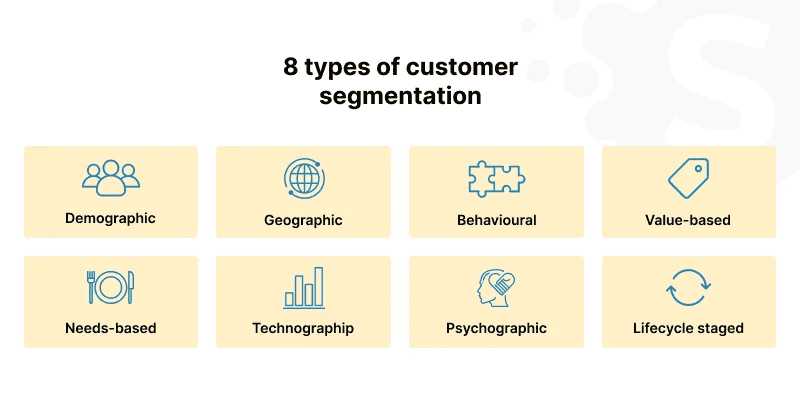It can often feel like there’s no end to dropshipping problems like low inventory, shipping delays, and high return rates. Relying on third parties for shipping and inventory updates leaves a huge blind spot in planning future strategy, too.
However, don’t despair. You can now predict and plan for these challenges long before they strike. Dropshipping data analytics puts you in the driver’s seat by forecasting demand, identifying alternate suppliers, and revealing gaps in order management.
It uncovers customer patterns and trends so you can make better decisions, protect your margins, and stay profitable.
In this blog, we’ll discuss how data analytics can unlock efficiency and profitability for dropshippers and a lot more.
Table of Contents
Understanding Dropshipping Data Analytics
Dropshipping data analytics breaks down complex data into actionable insights, streamlining product selection, inventory planning, order fulfillment, and returns management. It helps you understand customer expectations and align business processes to meet them.
With data analytics, dropshipping businesses can predict customer behavior and make strategic decisions.
For example, you can validate demand for new products and launch targeted ads to drive sales. You can leverage the same data to plan inventory and pricing. That way, you’ll never run out of stock or make a profit as demand rises.

As with any business, you should focus on only a few data types based on your business goals and metrics to run analytics, here are a few mentioned below.
Marketing and sales data
These include conversion rates, page views, cart abandonment rate, average order value, repeat purchases, etc. It can identify best-selling products, measure sales per channel, measure demand patterns, etc.
Customer feedback data
Customer reviews, complaints, returns, cancellations, exchanges, etc., all come under this category. This type of data can help improve customer support.
Supplier performance data
Here, you must track average fulfillment time, product quality, pricing levels, etc. Analyzing the right data helps you get a better ROI, negotiate better with suppliers, and deliver a quality customer experience.
Data Collection Workflows for Dropshipping Data Analytics
For complete visibility into customer behavior, integrating multiple channels is critical. This helps you optimize each touch point and create a seamless experience. Depending on your marketing mix, you’ll need to set up data collection across your:
Website
If you get decent traffic but have few sales, set up Google Analytics for detailed insights into customer behavior. Shopify users can get the same data from the dashboard feature.
For example, bounce rates and page views can help you attribute low sales to changes in customer intent or possible navigation issues. You could also enable Facebook Pixel to retarget visitors across channels.
eCommerce platform
Whether you run your store(s) on Shopify, Amazon, or eBay, you must sync the performance insights to your database for running analytics. Thankfully, each of these platforms comes with support for data integration. You can also use dedicated eCommerce software to do this at scale.
Email marketing
Most email marketing platforms automatically track open, click-through, and conversion rates. In addition, keep an eye on email deliverability and spam rates. Integrating email platforms also allows you to collect email requests related to returns, replacements, refunds, complaints, etc., in one place.
Social media marketing
Most dropshippers use a combination of Facebook, Instagram, and TikTok ads to promote their products. Syncing performance data from the respective platforms to a customer data platform is essential for strategic data analytics.
Payment gateway
Integrating payment gateway data gives you easy access to order details, payment methods, and invoice tracking. This improves resolution time and customer satisfaction.
Shipping
Ask for access to your suppliers’ FedEx (or similar) tracking accounts. Integrating this data into your analytics will clarify delivery timeframes, allowing you to provide accurate customer updates.
Integrating these channels into a single ‘source of truth’ allows you to track the customer journey from end to end. This helps you create better offers and drive sales. The key is to keep your business goals and KPIs in mind and map the customer journey.
In the next section, we’ll look at practical ways to implement dropshipping data analytics.
Read also: Dropshipping Basics — A 101 Guide For Small Business Success
Analyzing Sales and Customer Data
Running data analytics on sales and customer data can reveal the following insights:
Sales data can provide vital insights for inventory planning and setting prices. For example, by correlating past sales data with demand patterns, you can identify the right time to order more inventory so you don’t end up with too much or too little stock.
Data analytics allows you to benchmark competitor prices and segment your customers based on purchase frequency, average order value, etc. With these insights, you can choose the right pricing for both high-spenders and bargain-hunters.
Moreover, you could use discounts and cross-sell strategies more effectively for lagging products.
Customer data can be leveraged to deliver personalized product recommendations to specific customers across channels at the right time. You can create targeted discounts and offers based on their purchase history and online activity.
Secondly, you can allocate funds to the channels with the most engagement. If you only use paid ads, dropshipping data analytics can help you see the value of other strategies like email marketing or blogging. The performance data from these campaigns can feed into future campaigns, increasing marketing effectiveness.
Read also: How To Find Reliable Dropshipping Suppliers: A Quick Guide
Supplier Performance and Logistics
Data analytics helps you benchmark suppliers based on shipping accuracy, delivery time, and product quality. By analyzing these metrics, you’ll be able to choose reliable suppliers. This also helps identify backup suppliers to which you can re-route orders in case of delays.
By analyzing customer feedback, you can also identify bottlenecks in the fulfillment process. This can greatly improve logistics efficiency, including optimizing shipping routes, last-mile transport, etc. Over time, you’ll improve delivery efficiency significantly.
Read also: How to Create a Successful Dropshipping Business Plan
Predictive Analysis
Predictive analytics is a branch of data analytics that uses statistical techniques to estimate future demand patterns and customer behavior. For dropshippers, it can help with everything from product recommendations to inventory levels, pricing, customer experience, and fulfillment.
It can be leveraged to identify trending products based on historical data, giving you the first mover’s advantage. Also, you can set prices based on how much the market will likely pay for it (elasticity) and not competitor activity.
Predictive analytics-based A/B testing can give you deeper insights into customer preferences and help you create better offers.
Dropshipping data analytics can also provide real-time updates on delivery time frames, identify the best fulfillment option for high-value customers, and provide alerts about potential delays due to unforeseen circumstances like bad weather.
Data analytics can help you fix supplier fulfillment issues by correlating declining sales to customer churn. This can reduce average delivery time and give you an edge over the competition.
Read also: How To Minimize Shipping Times In Dropshipping
Implementing Actionable Insights from Data
Before we discuss how to implement business insights gained from dropshipping data analytics, let’s quickly review the key steps to organizing your data:
- Collect all your reporting data from Shopify, email marketing, and other sources in one place. You should have at least 6 months of data to get meaningful insights.
- Get clear on your top business priorities. For example, increase sales.
- Next, select the top metrics that contribute to the objective. This could be traffic, bounce rate, pages viewed, cart abandonment rate, conversion rate, etc.
- To understand whether your current performance is good enough, benchmark these metrics against the industry average.
- Once you’re finished benchmarking, go over the data and make a list of your initial observations. For example, you may notice you have very little traffic or that the cart abandonment rate is high.
- Segment your customers based on demographics, purchase history, etc. if you haven’t already done so.

Implementing Data Insights
Let’s understand how to implement data insights from dropshipping data analytics:
Determine profitability by product category
The eCommerce platforms like Amazon or Shopify generally provide high-level sales data. With data analytics, you can break down the cost per sale (production, shipping, marketing, taxes) to calculate net profit. You’ll also see the profit margins for each product you sell.
Improve marketing effectiveness
Predictive analytics allows you to personalize offers and discounts for large customer segments where traditional A/B testing may not be feasible. You can identify the campaigns driving ROI growth by comparing different tactics and channels. This also helps identify strategies for driving repeat sales.

Increase retention and customer lifetime value
By correlating demographic and purchase history data, you can segment high-value customers, moderate spenders, and relatively low spenders. You’ll also be able to identify signs of disengagement and run win-back campaigns to engage past customers.
Analyze supplier performance
You can identify reliable suppliers and increase fulfillment efficiency by benchmarking suppliers on specific parameters. It also helps predict how much buffer stock is needed to meet a surge in demand. This data is useful for addressing delays caused by production problems, shipping disruptions, etc.
Read also: eCommerce Automation — How To Automate Your eCommerce Business
Challenges in Data Analytics Dropshipping Business Must Be Aware Of
Most data analytics challenges stem from confusion regarding business goals and what metrics to track. The good news is that you don’t need to track every metric, just those that impact your business goals for the next quarter or year. Limit the number of metrics tracked to no more than five. This will help you stay focused on the goal and avoid getting overwhelmed.
Secondly, maintaining data quality can be challenging when working with multiple tools and third-party platforms. If you have six months of data, dropshipping experts recommend setting up a data validation process to standardize data from different sources. This can be time-consuming.
However, a reliable customer data platform like EngageBay can help you avoid many beginner mistakes and get better results quickly.
Read also: Discover What Is Dropshipping And How You Can Do It
Conclusion
Dropshipping data analytics can give your marketing, sales, and customer service a new direction. It can help you see how these activities contribute to the bottom line. For most small businesses, CRM like EngageBay forms the basic building block of data analytics. It provides a framework for building rich customer profiles and tracking key performance metrics.
EngageBay is designed to integrate seamlessly with dedicated business analytics tools, support data-driven decision-making, and build a competitive advantage.
Sign up today to give your dropshipping business the data analytics edge.
FAQ
What is data analytics in the context of dropshipping?
Dropshipping data analytics allows you to identify patterns and correlations in sales, marketing, and customer support. These insights can be used to identify the right products, improve marketing campaigns, optimize supplier performance, improve delivery timeframes, streamline returns and refunds, and more.
How do I start implementing data analytics in my dropshipping business?
Implementing data analytics for dropshipping begins with knowing your key business goals and related metrics.
Next, collect all your sales, marketing, and customer support data in a single place. Clean and format the data so that it’s accurate and up-to-date.
Pull reports based on the metrics and identify patterns and trends. Remember, you’d need at least six months of data to get meaningful business insights.
What are the best tools for data analytics in dropshipping?
Some of the most popular data analytics tools for dropshipping include digital marketing favorites like:
- Google Analytics: This tool provides in-depth website traffic and customer behavior analytics.
- Shopify Analytics: Track sales, customer activities, and customer engagement across multiple channels.
- Google Trends: Helps identify popular trends based on search queries.
- Adobe Analytics: Provides a unified view of the customer journey across channels and aligns marketing, sales, and customer support to support revenue growth.
